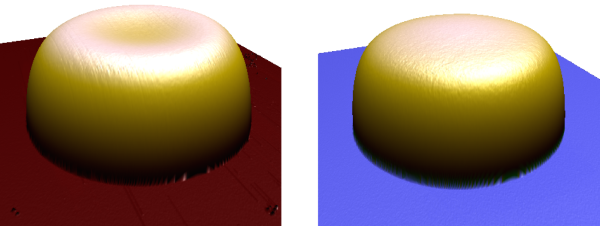Hydrodynamic slip : origins and effects in micro- and nano-scopic polymer flows
The hydrodynamic slip boundary condition encompasses fluid molecules sliding against their confining boundary. The topic has been of longstanding interest in the fluids community, but has also seen a surge of recent interest due to its increased relevance in micro- and nanoscopic fluid systems. In studying both the origins of slip and its effect in different flow situations, polymer melts are ideal candidates. Polymers are often solid at room temperature, allowing for ease of manipulation, yet they have an easily accessible melting temperature. A variety of micro- and nanoscopic flow situations on a variety of substrates are then reachable. In this presentation, the origins and effects of slip will be discussed. In the case of slip origins, we address the effect of subnanometric substrate structural changes on the slip boundary condition [1]. Remarkably, such small changes have a pronounced and controllable effect on slip, pointing to slip’s truly microscopic nature. In the case of slip effects, and armed with the ability to change the slip boundary condition in a controlled way, we systematically control the slip length for different micro- and nanoscopic polymer flow situations. We are able to address slip’s effects on contact line motion (see figure), the growth rates of hydrodynamic instability [2], and its effect in direct force measurements of lubrication flows.
[1] McGraw et al., J. Coll. Int. Sci. 210, (2014).
[2] Haefner et al., Nat. Comm., (2015).









